Space Image of the Day Gallery (August 2016)
Image of the Day Archives

For older Image of the Day pictures, please visit the Image of the Day archives. Pictured: NGC 2467.
Camping Under the Milky Way
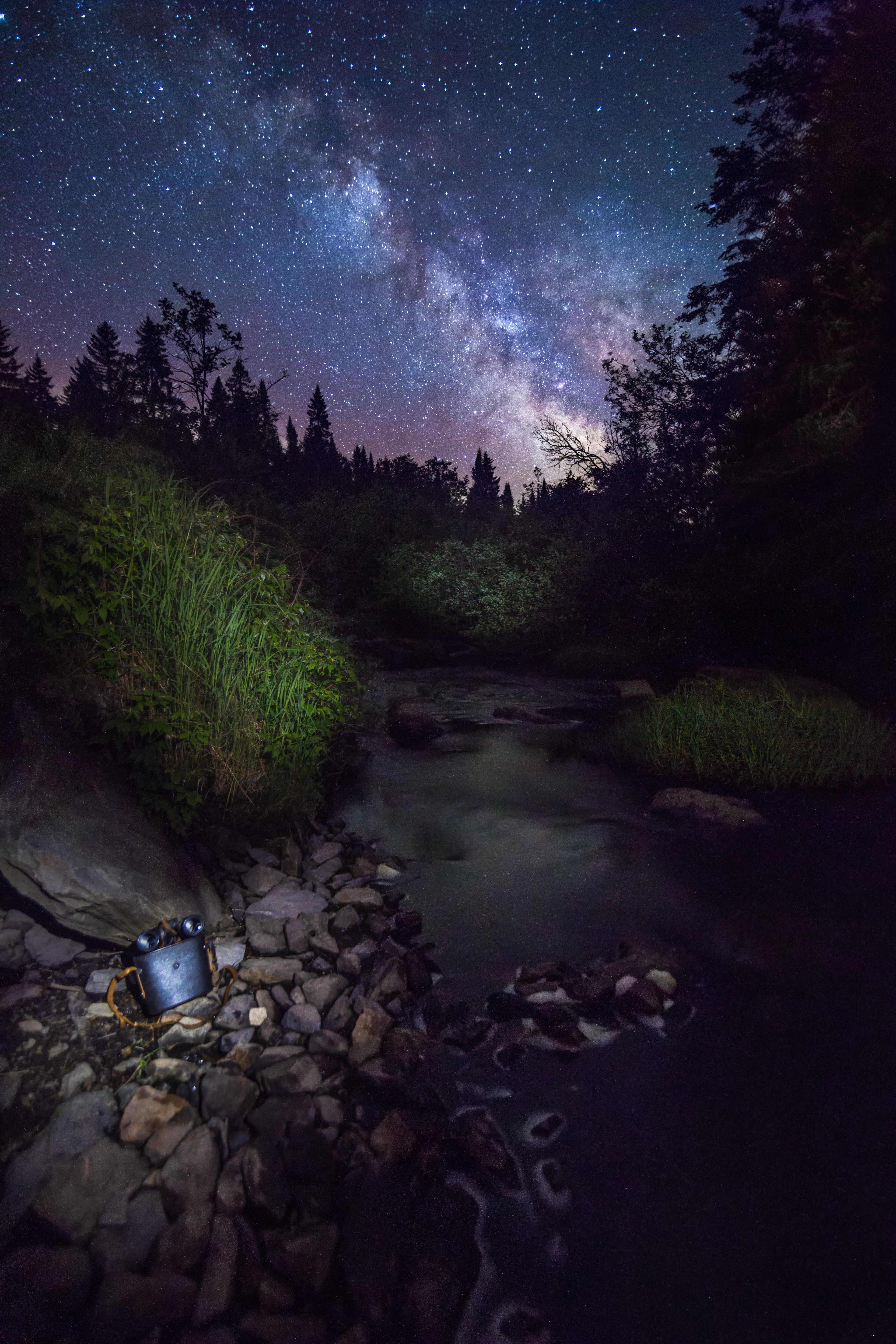
Monday, August 1, 2016: The magnificent night sky photo captures the Milky Way rising over the Connecticut River in Pittsburg, New Hampshire. It was taken by photographer Charles Cormier on a recent camping trip. The binoculars resting on the rocks in the foreground belonged to his grandfather, who was an acid night sky enthusiast. — Samantha Mathewson
Hubble Spots Long-Dead Star
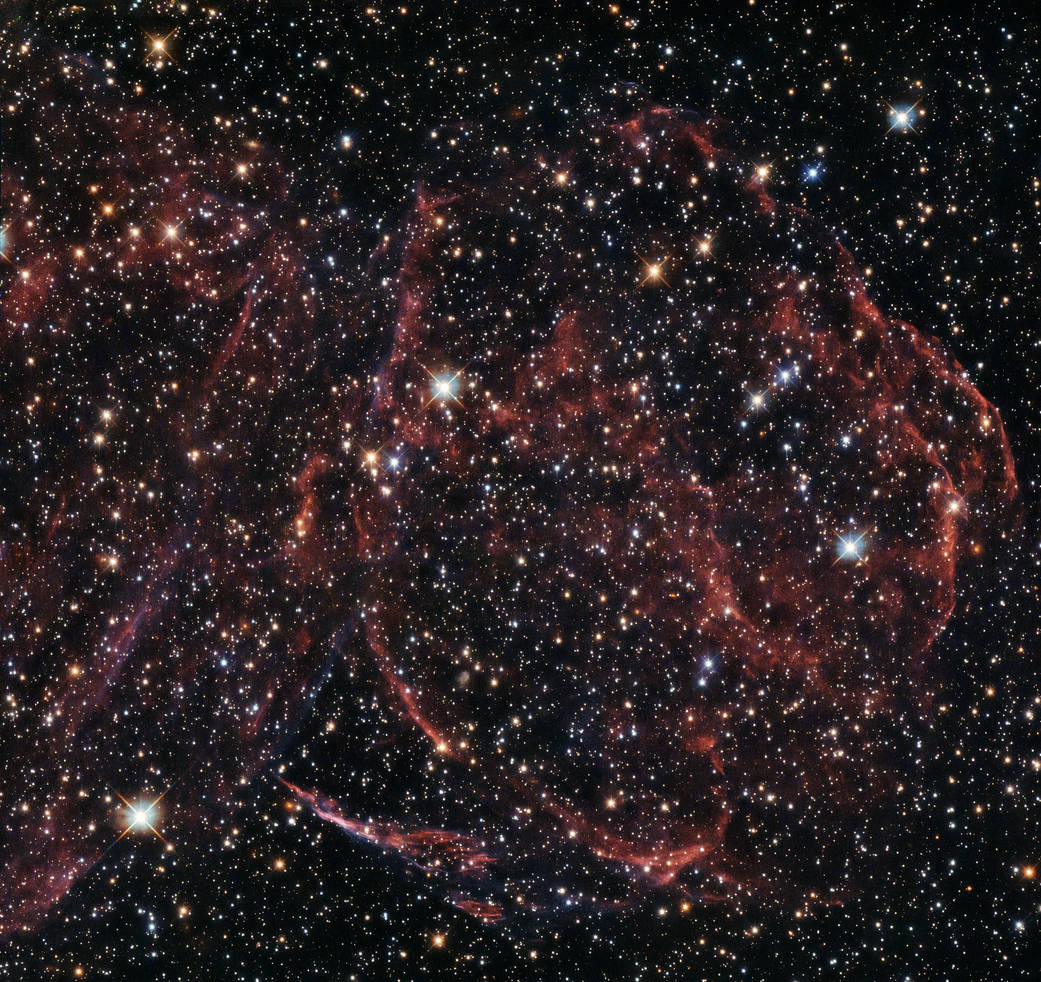
Tuesday, August 2, 2016: Remnants of a long-dead star known as DEM L316A were captured in an image taken by the NASA/ESA Hubble Space Telescope. DEM L316A is the product of a supernova explosion, and the swirling wisps of gas leftover are located about 160,000 light-years from Earth, in one of the Milky Way’s closest galactic neighbors: The Large Magellanic Cloud. — Samantha Mathewson
Paris: The City Of Light
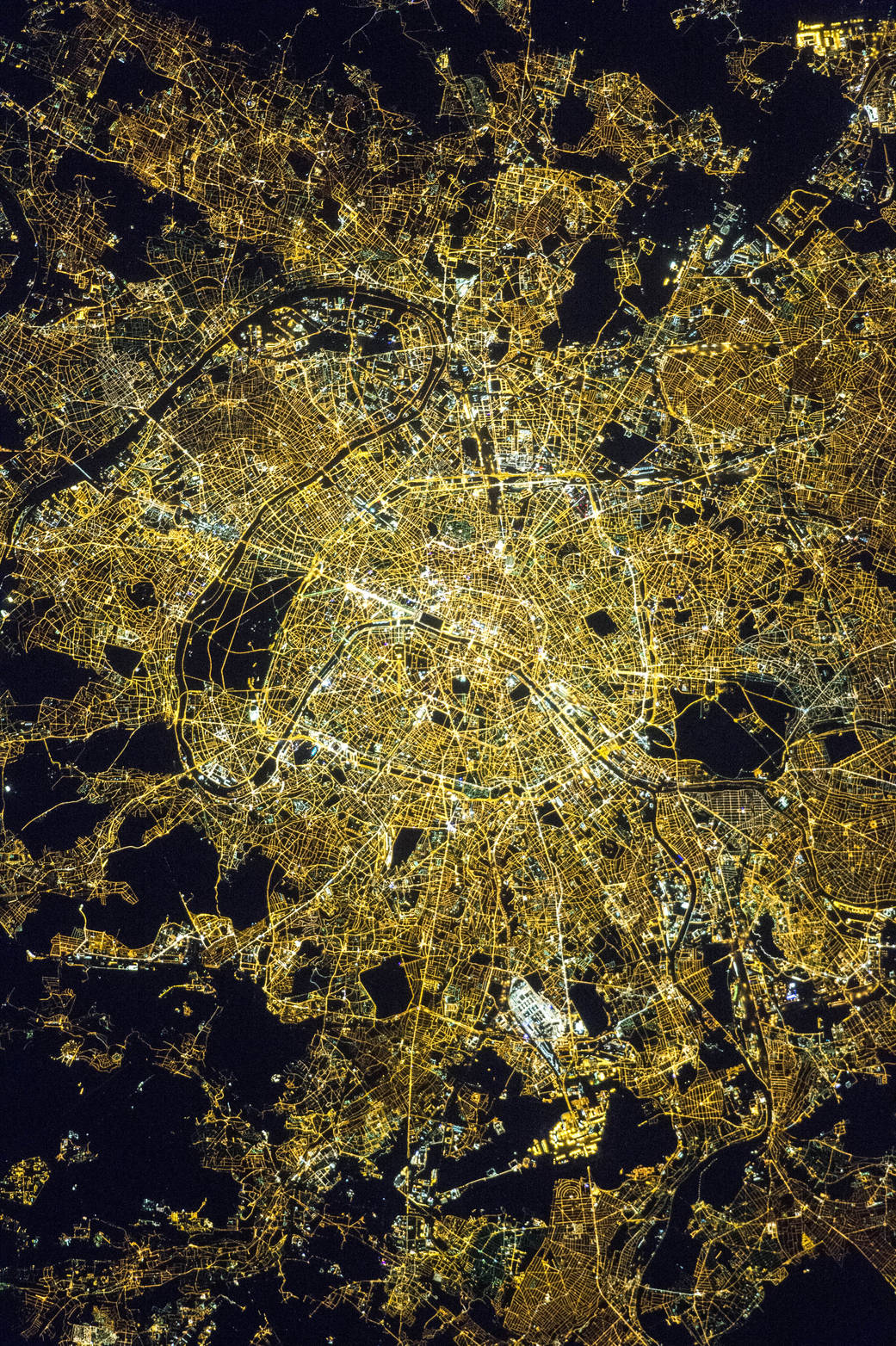
Wednesday, August 3, 2016: Astronauts aboard the International Space Station took this space photograph of Paris, which is often referred to as the "City of Light." The photo was taken around local midnight time on April 8, 2016 and the glow of the bright lights against the dark night sky illuminates the intricate web of streets that weave through the city. — Samantha Mathewson
Gazing at the Milky Way
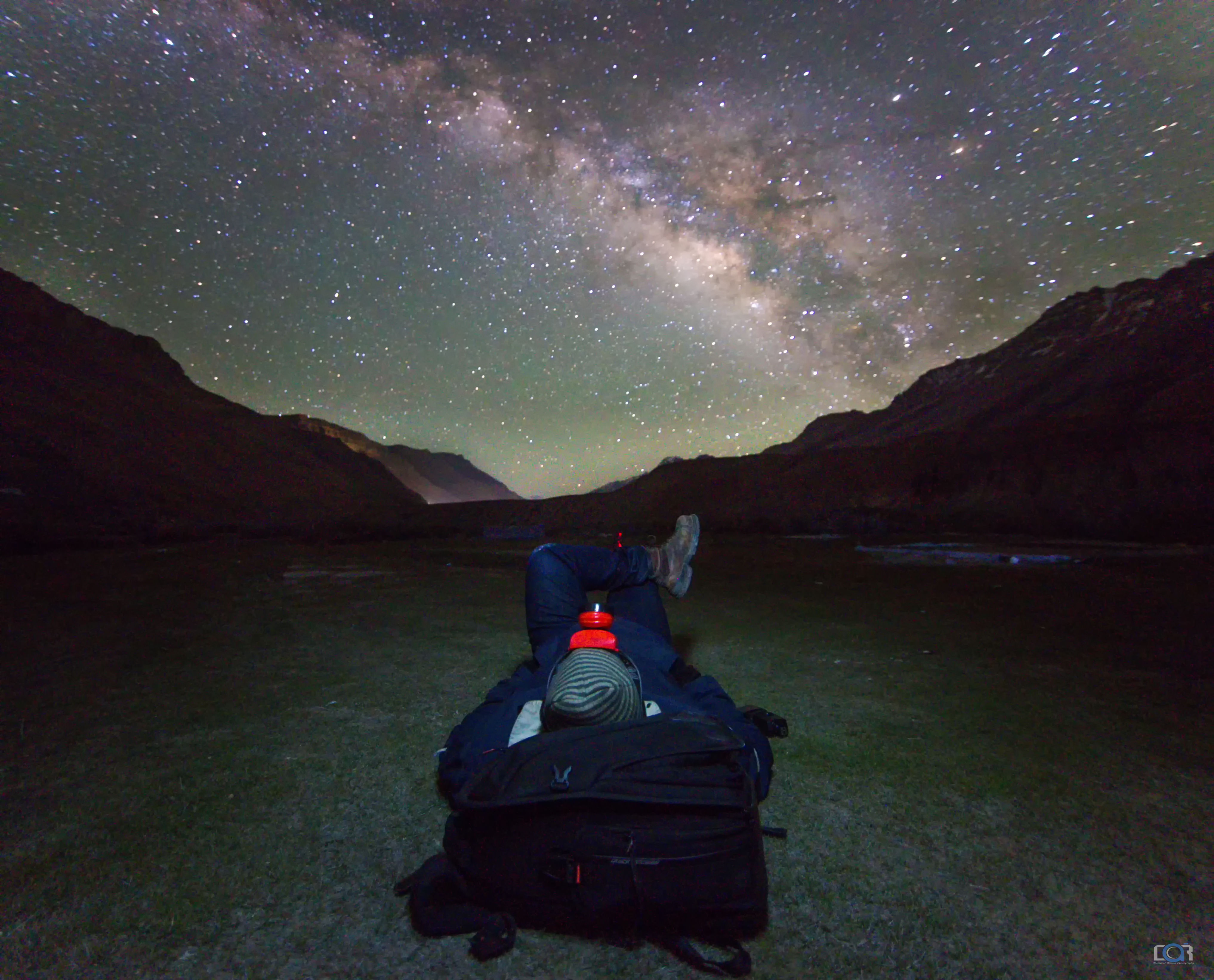
Thursday, August 4, 2016: Looking up into the night sky over the town of Kaza in India, this stargazer spots the Milky Way galaxy arching over the Western Himalayas in this view by Ahammed Riswan. The many bright stars captured in this photo sparkle against the greenish-purple sky. — Samantha Mathewson
A Nebula Hen
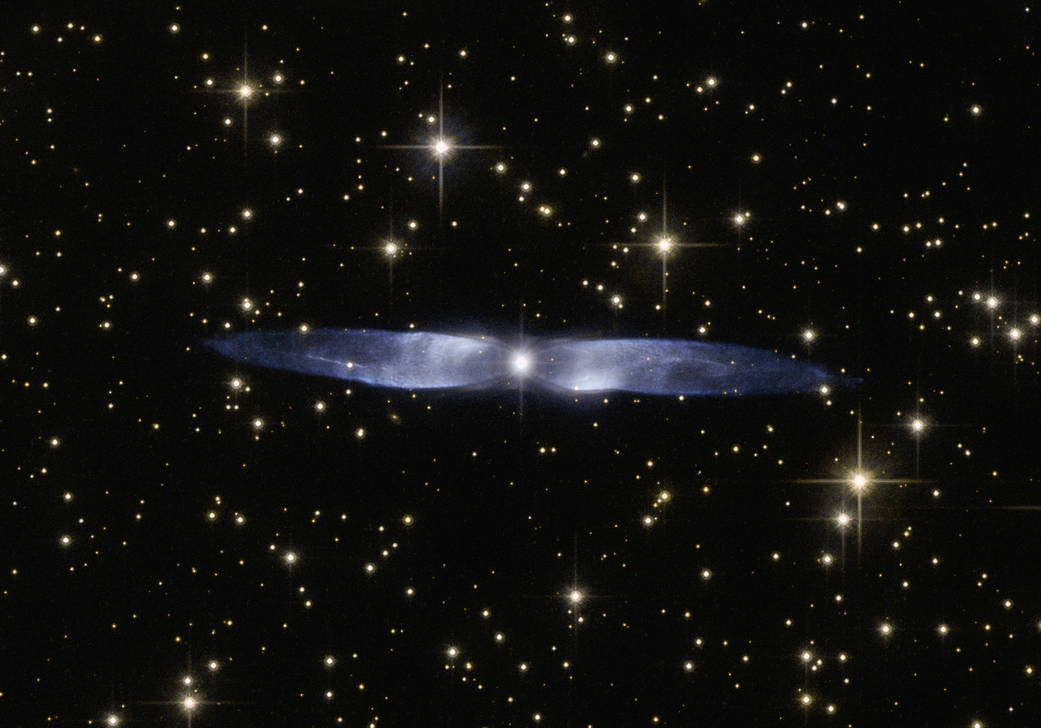
Friday, August 5, 2016: The icy blue, symmetrical wings of a planetary nebula called Hen 2-437 are captured in this photo from the NASA/ESA Hubble Telescope. Hen 2-437 is a bipolar nebula, which means the material ejected by the dying star stretches out into space in two directions, giving the nebula its winged appearance. — Samantha Mathewson
Black Hole Chorus 'Sings'
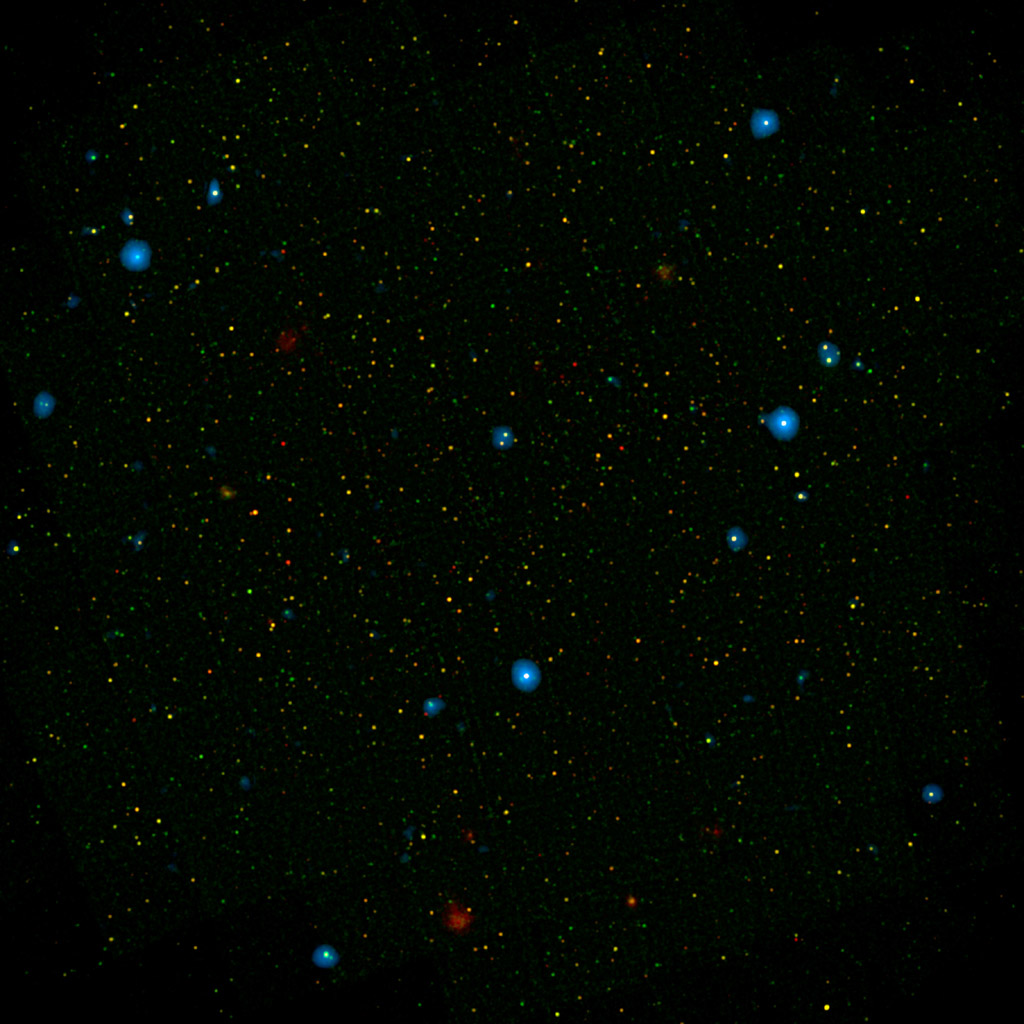
Monday, August 8, 2016: The powerful gravitational forces of supermassive black holes pull in surrounding gas and dust. When some of this material is heated and accelerated to nearly the speed of light, it creates powerful X-ray bursts that "sing" throughout space. The blue dots in this photo represent galaxies that contain these musical black holes. — Samantha Mathewson
Get the Space.com Newsletter
Breaking space news, the latest updates on rocket launches, skywatching events and more!
Milky Way Arch
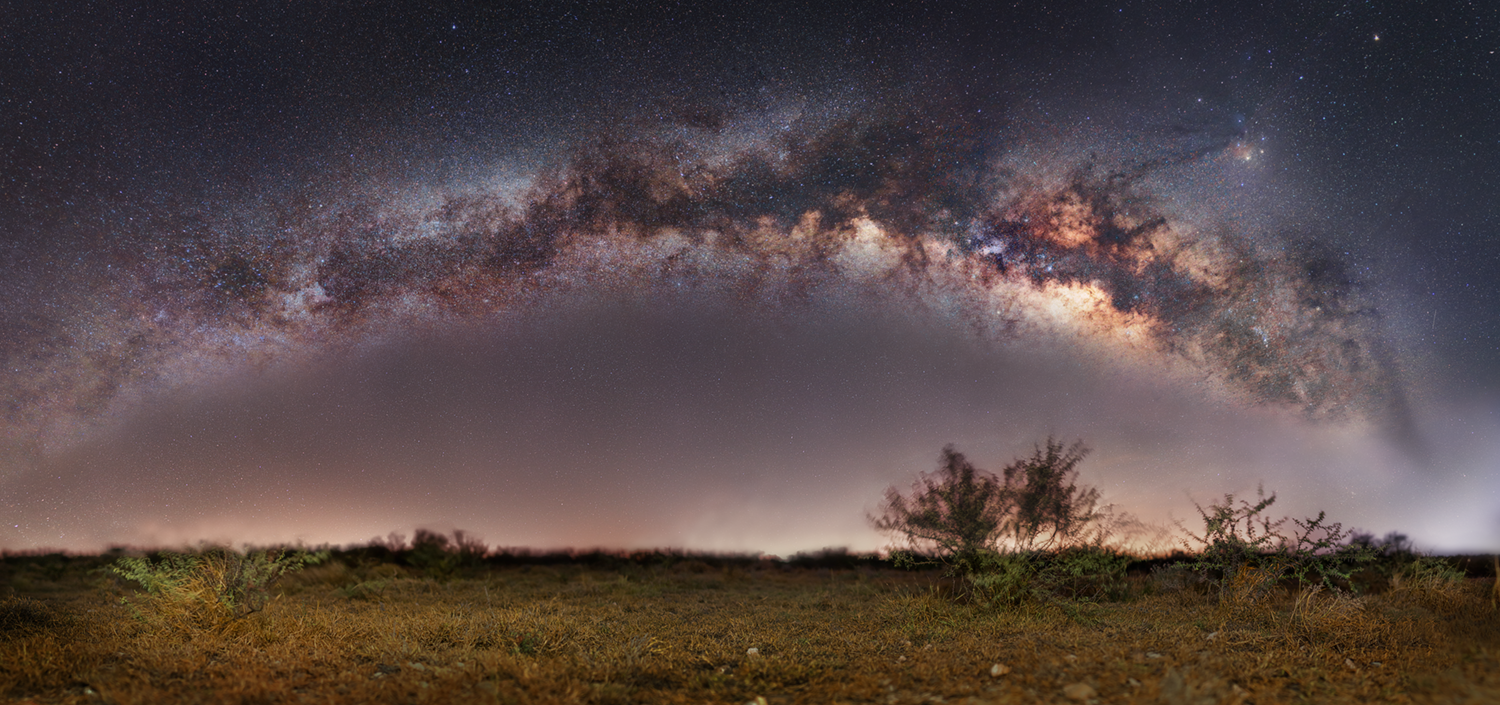
Tuesday, August 9, 2016: The Milky Way galaxy arches across the night sky in this panoramic image captured by photographer Matt Smith in July. This image is actually a composite of roughly 80 images that have been stitched together to create a complete view of the Milky Way, including its many sparkling stars and moonlit clouds. The pink and purple hues in the night sky are different colors of light pollution, which Smith said made compiling the image fairly difficult. — Samantha Mathewson
2010 Perseid Meteor Shower
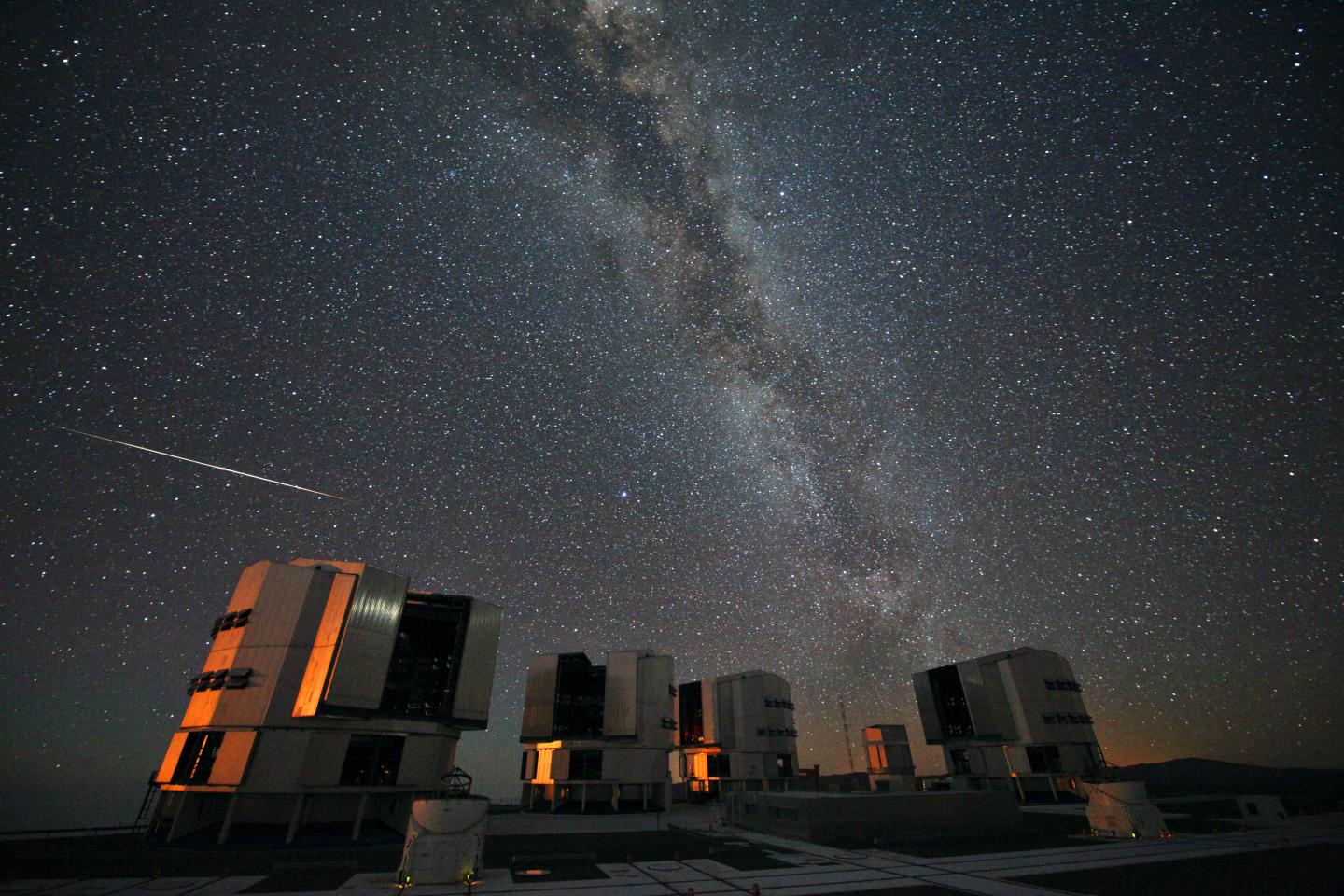
Wednesday, August 10, 2016: This image captures the dazzling Milky Way and a Perseid meteor as it flies over the European Southern Observatory's Very Large Telescope in Chile in August 2010. The Perseid meteor shower occurs every summer and is set to peak on August 12 this year. Related: The 2016 Perseid Meteor Shower: When, Where & How to See It. — Samantha Mathewson
Meet Comet Swift-Tuttle: The Perseid parent
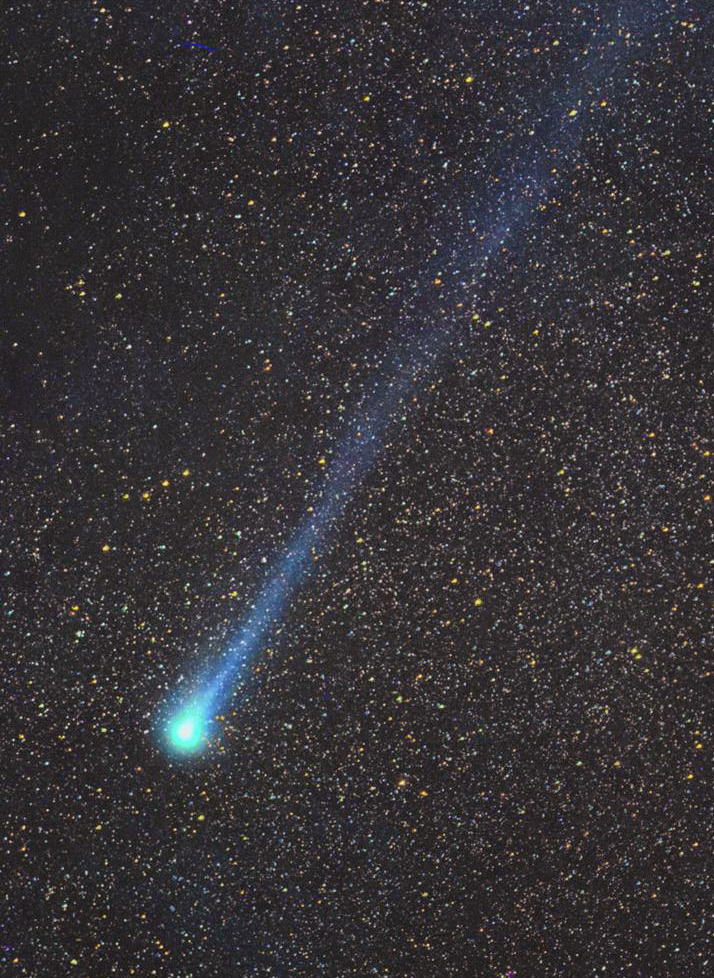
Thursday, August 11, 2016: The Perseid meteor shower is an annual celestial event that evolved from Comet Swift-Tuttle, which is photographed here. This comet takes approximately 130 years to make one trip around the sun, though Earth passes through the dust and debris it leaves behind every year. This spectacular image was taken by Gerald Rhemann in 1992, during comet's last close approach to Earth. Related: The 2016 Perseid Meteor Shower: When, Where & How to See It. — Samantha Mathewson
Bright Blue Caspian Sea
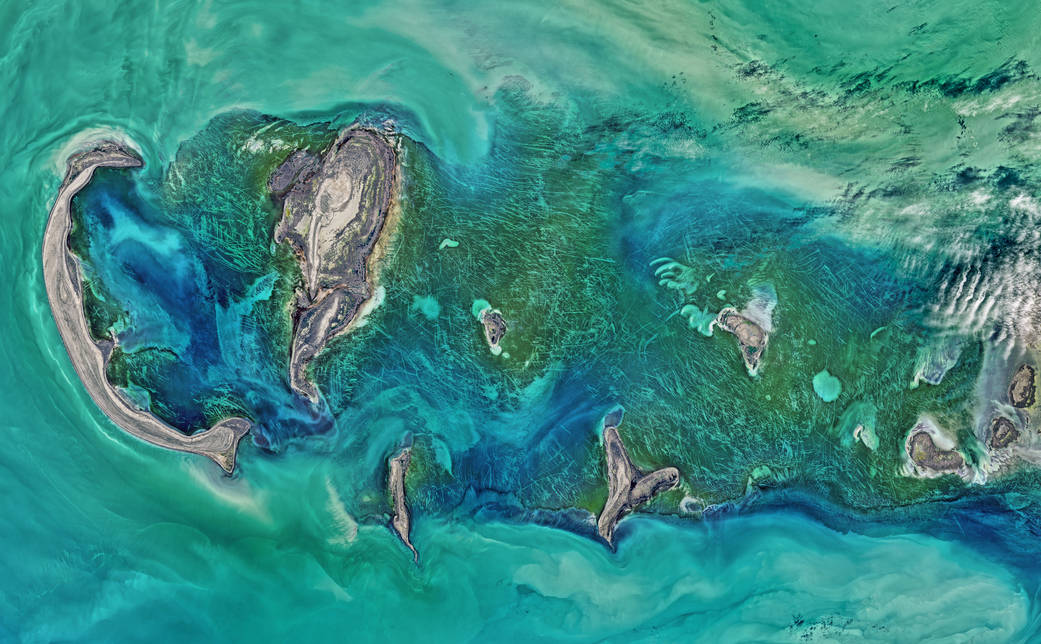
Friday, August 12, 2016: The beautiful, bright turquoise waters of the Caspian Sea surrounding the Tyuleniy Archipelago are captured in this photo, which was taken by the Operational Land Imager (OLI) on NASA's Landsat 8 satellite on April 16. Dark green sea grass and algae growing on the ocean floor shine through the shallow waters. — Samantha Mathewson
Join our Space Forums to keep talking space on the latest missions, night sky and more! And if you have a news tip, correction or comment, let us know at: community@space.com.

Space.com is the premier source of space exploration, innovation and astronomy news, chronicling (and celebrating) humanity's ongoing expansion across the final frontier. Originally founded in 1999, Space.com is, and always has been, the passion of writers and editors who are space fans and also trained journalists. Our current news team consists of Editor-in-Chief Tariq Malik; Editor Hanneke Weitering, Senior Space Writer Mike Wall; Senior Writer Meghan Bartels; Senior Writer Chelsea Gohd, Senior Writer Tereza Pultarova and Staff Writer Alexander Cox, focusing on e-commerce. Senior Producer Steve Spaleta oversees our space videos, with Diana Whitcroft as our Social Media Editor.









